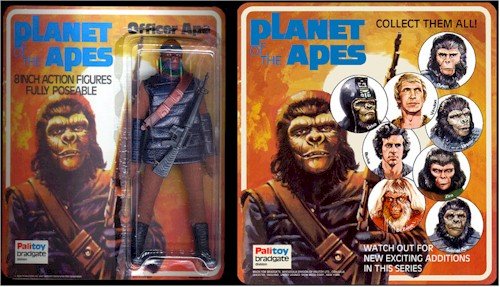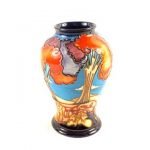What’s five inches tall, 25 years old and worth £10,100? A Welsh pensioner found out last year when she put a complete set of 20 plastic Star Wars figures (pictured 1), bought originally for 49 pence each, up for auction at Vectis, the Teeside saleroom specialising in toys.
The antiques industry has always evolved. After all, as every birthday shows, the young eventually becomes old whether we like it or not, it’s just that in the case of antiques, and, to be honest, myself, we hope things are also well-preserved and in its original condition.
But like many 21st century developments; technology, genetics, medicine, etc., progress is faster than ever, and the novel becomes dated in next to no time.
With antiques, that means that the industry has had to accept younger fields into the arena, giving rise to the cash-in-the-attic phenomena, as collectible artifacts as young as 20 years old become commercially viable.
Toys are the next big investment opportunity, according to Vectis, the world’s largest toy auction house, and, as the Empire-hoarding grandmother discovered, clearing out your cupboards can be highly profitable.
“When the film came out nobody thought of collecting the figures,” said Andy Reed, Vectis’ Star Wars expert. “It was only after the second and third films that people realised a cult was developing and started to collect.”
This particular vendor had bought a complete set of movie figures for her grandson in 1977, but kept a second set at her house, not in order to cash in, but rather to replace any he might lose!
Tinplate cars and trains are another huge growth area: each year Vectis sells thousands of models to hundreds of buyers worldwide.
As a market open to even the smallest investor, it’s no wonder that in recent years toys have increased exponentially in value, outstripping the stock market, banks and building societies.
Not only is it relatively cheap to accumulate a ‘portfolio’ but a retrospective of your old toybox could reveal that you already have the foundations. And it’s a whole lot more fun than pharmaceuticals shares.
The celebrity field, too, has been enjoying a growth boom in recent years. Sarah Hodgson, from Christie’s South Kensington Rock & Pop Memorabilia department told Antiques Magazine; “We’ve been having auctions here since 1985 and in that time prices have risen steadily, but the biggest growth has been in Beatles memorabilia. A publicity photograph of all four signed by them in say, 1964, used to sell for a few hundred pounds, now they can sell for £3,000 plus.”
And it’s not just autographs: white label vinyl, stage clothing, guitars and even backdrops are welcome entries to auction, particularly if they have some connection to Elvis, The Rolling Stones, Bob Dylan, The Doors and The Sex Pistols.
It’s also worth digging out that badge, poster and publicity shot that welcomed you to the Madonna fan club, or that Take That board game. However, it is the Fab Four who rule this particular roost, with a Marlene Dietrich standee image (pictured 2) used for the cover shoot of the Beatles Sgt. Pepper album and signed by all four Beatles, making £80,000 at Christie’s recently.
Central London auction house Cooper Owen specialise in music, television and film sales. Their new Virtual Auction internet sale format, launched early this year, responds to research concluding that at least 80 per cent of their sales arrive either through eBay or via their website, so don’t worry if you can’t make the trip to the capital, or are worried that an involuntary tic in the saleroom will land you with Keith Chegwin’s signed boxer shorts.
Marilyn Monroe, Star Wars and James Bond-related ephemera always do well, but recent years has seen Cooper Owen sell one of Harry Potter’s acceptance letters to Hogwarts School, from the 2001 movie, for £4,600, against estimates of between £600 and £800, while Lady Penelope’s pink Rolls Royce, from cult television puppet show Thunderbirds, fetched £94,300; more than five times its auction price.




